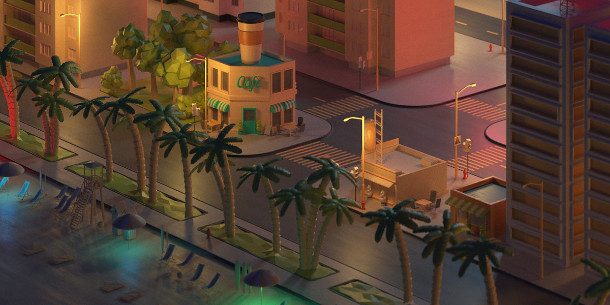Sneak peek: V-Ray’s new Adaptive Lights system

Originally posted on 14 November 2016. Scroll down for updates.
Tomasz Wyszolmirski, director of Polish CG studio Dabarti, has posted some interesting comparative tests of the upcoming Adaptive Lights system in V-Ray.
The technology, which is still in development, and which is expected in V-Ray 3.5, optimises sampling in scenes with multiple lights, reducing render times.
Faster than the existing Probabilistic lights setting in 12 of 13 cases
In his blog post, Wyszolmirski compares render times using full sampling, V-Ray’s existing Probabilistic lights setting, and Adaptive Lights.
With both Adaptive Lights and Probabilistic lights at their default settings, Adaptive Lights comes out fastest on 12 of 13 scenes from Dabarti’s previous work.
An average render speed boost of over 50%
The average speed boost from using Adaptive Lights is just over 50% over the fastest existing alternative method, but goes over 90% on one scene.
Wyszolmirski concludes that the new system is more universal and will “probably be a lot faster” than Probabilistic lights, particularly on scenes with very large numbers of lights.
The blog post doesn’t specify which version of V-Ray Wyszolmirski is using, but given Dabarti’s previous work and a reference to MAXScript code, we assume it’s the 3ds Max edition.
You can see the full results via the link below, along with details of how to enable a work-in-progress version of the new Adaptive Lights system in V-Ray for 3ds Max’s nightly builds.
Read Tomasz Wyszolmirski’s test results for V-Ray’s upcoming Adaptive Lights system
See more of Dabarti’s work in Chaos Group’s guide to GPU rendering
Updated 17 November: Chaos Group now has a post on its blog explaining how Adaptive Lights works in comparison to full lighting or Probabilistic lights work. Read it here.
